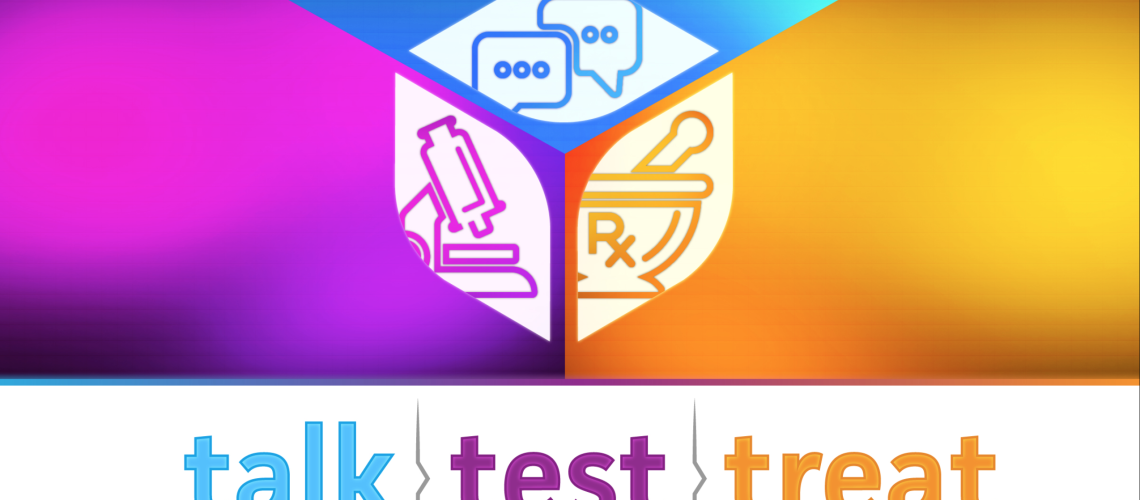Just 25% of the more than one million Americans who could benefit from PrEP are using it. PrEP, which stands for Pre-Exposure Prophylaxis, is a safe and effective medication to prevent HIV in people at higher risk of infection. When taken as prescribed, it prevents 99% of HIV infections from sex. Despite PrEP and other major advances in HIV care, the US sees 35,000 new cases per year. A closer look at the data reveals other concerning trends. The rate new infections is falling among White people but remaining steady in Black and Latinx populations. In 2021, Latinx people and Black individuals accounted for 17% and 14% of Americans using PrEP, respectively, despite the fact that these populations experienced 27% and 42% of newly diagnosed cases, respectively.
A coalition of healthcare providers and community leaders are pushing for national program expanding access to HIV care. The new policy would empower the government to negotiate fair prices for PrEP medications and lab tests for uninsured people. The program would also expand the network of PrEP providers. In addition to assisting physicians in traditional settings, much needed resources would be directed to community-based organizations that can reach people who don’t visit conventional healthcare facilities. Many people at high risk for the virus face barriers to accessing healthcare because of lack of insurance, stigma and discrimination. A boost to outreach efforts would also increase awareness of PrEP in underserved communities. “Following FDA approval of the first PrEP option, HIV prevention services are in dire need of revitalization,” said Dr. José M. Zuniga, president and CEO of the International Association of Providers of AIDS Care (IAPAC). “We cannot achieve our collective goal of ending [the HIV] epidemic without equitable PrEP access.”
Full Story: New England Journal of Medicine, The Body

